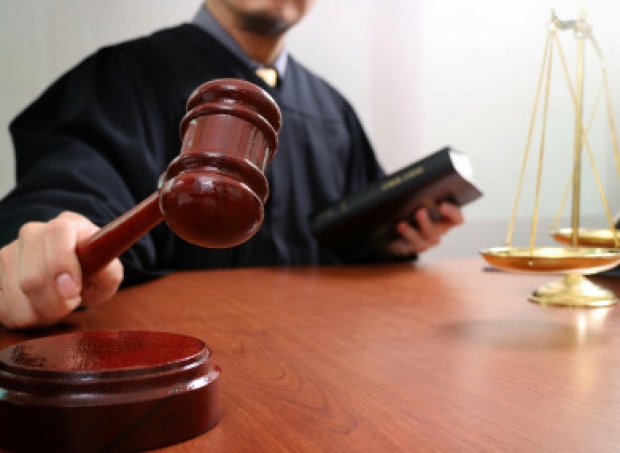The bulk of the damages payment, $533,316,606, was for infringing three Apple design patents. The remaining $5,325,050 was for infringing two utility patents. Samsung already had been found to infringe the patents, but this trial determined some of the damages.
Firstly Samsung will be hacked off that this trial had reconsidered $399 million of Samsung's earlier payments, so $539 million is a significantly more considerable sum.
"We have some issues that will be addressed in post-trial motions", Samsung attorney John Quinn told US District Court Judge Lucy Koh, but didn't seek to keep her from dismissing the eight-person jury. "We don't think it's supported by the evidence", he said of the verdict.
Samsung said that it would appeal because it claimed the decision was against a unanimous Supreme Court ruling in favour of Samsung on the scope of design patent damages. "We will consider all options to obtain an outcome that does not hinder creativity and fair competition for all companies and consumers", Samsung said.
Jurors found both Apple and Samsung persuasive when it came to determining what exactly a design patent applies to, two jurors said. In the case of one Apple patent, describing the round-cornered, black front face of a phone, they went with Samsung's argument and found the infringing product was the display assembly - the screen and accompanying electronics. But for another, which describes a grid of colourful icons, they saw things Apple's way.
"There wasn't any meaningful way to separate it from the phone", said jury foreperson Cait Bravo, 35, manager of an area Barnes and Noble bookstore. "The graphical user interface requires more than just the display screen."
Juror Christine Calderon, 26, a technical writer for network equipment maker Cisco Systems, saw things the same way. And she expressed sympathy for Apple's design-first ethos.
"I do understand that process - how important design is", she said. Calderon took copious notes during the trial, and afterward, she offered Quinn advice on how Samsung could have made its witnesses easier to understand.
The split view on the patents means neither side can claim outright victory, and there's not a lot more clarity for legal cases regarding the scope and power of design patents. But give the increased damages and Samsung's dissatisfaction, it's clear Apple came out ahead even with the payment a little over half of what it wanted.
Samsung had argued a $28 million penalty was an appropriate penalty for infringing three Apple design patents, but Apple sought $1.07 billion which was half what it wanted.
Apple's three design patents in the case are US Patent No. D618,677 (D'677 for short), which describes a black, rectangular, round-cornered front face for an electronic device; US Patent No. D593,087 (D'087), which represents a similar rectangular round-cornered front face plus the surrounding bezel; and US Patent No. D604,305 (D'305), which represents a colourful grid of icons.




